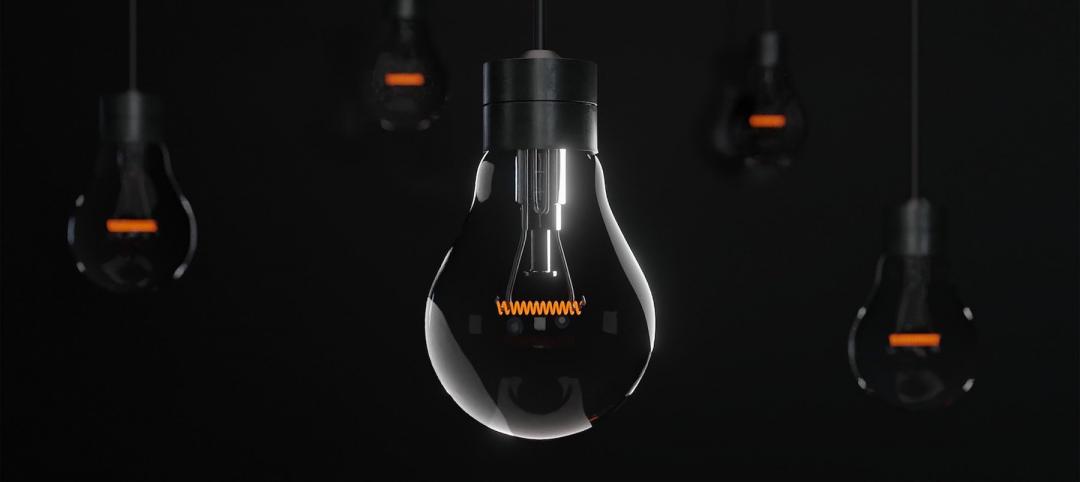A new construction method featuring LEGO-like bricks made from a renewable composite material took first place for building innovations at the 2024 JEC Composites Innovation Awards in Paris, France.
RENCO USA's RENCO MCFR (mineral composite fiber reinforced) building system is composed of interlocking molded blocks similar to LEGO bricks. According to the maker, the system surpasses concrete in strength, reduces costs significantly, and allows for rapid construction. Made with recycled glass fibers, resin, and stone, the composite material is certified to withstand Category 5 hurricanes.
Following more than 12 years of research and development, RENCO completed its inaugural apartment complex in Palm Springs, Fla., last November. No specialized workers or heavy machinery are required to build with the blocks that are stronger but 75% lighter than concrete.
In Palm Springs, 11 unskilled workers, following color-coded plans, assembled each three-story building in about eight weeks.
More on the RENCO building system (from RENCO USA's website):
RENCO MCFR is a state-of-the-art structural building system of interlocking composite building units of various types and sizes of blocks, columns, beams, joists, headers, decking, connectors, etc. These products are all adhesively joined (chemically bonded) to form monolithic structures.
The RENCO Structural Building System has been evaluated in ANSI certified laboratories to ASTM standards for structural performance, physical characteristics, and fire resistance. After thorough evaluation, IAPMO-UES approved and issued its Evaluation Report to permit the use of RENCO Structural Building System under the IBC (International Building Code).
The RENCO Structural Building System currently can include up to five (5) story structures. Through continued research and development, expanded approvals are in process, with full approval to build up to eight (8) stories expected by the end of 2024. As 95% of all Americans live in 8 stories or less, we believe this next level of approval will open an incredible amount of opportunity for use of this revolutionary product.
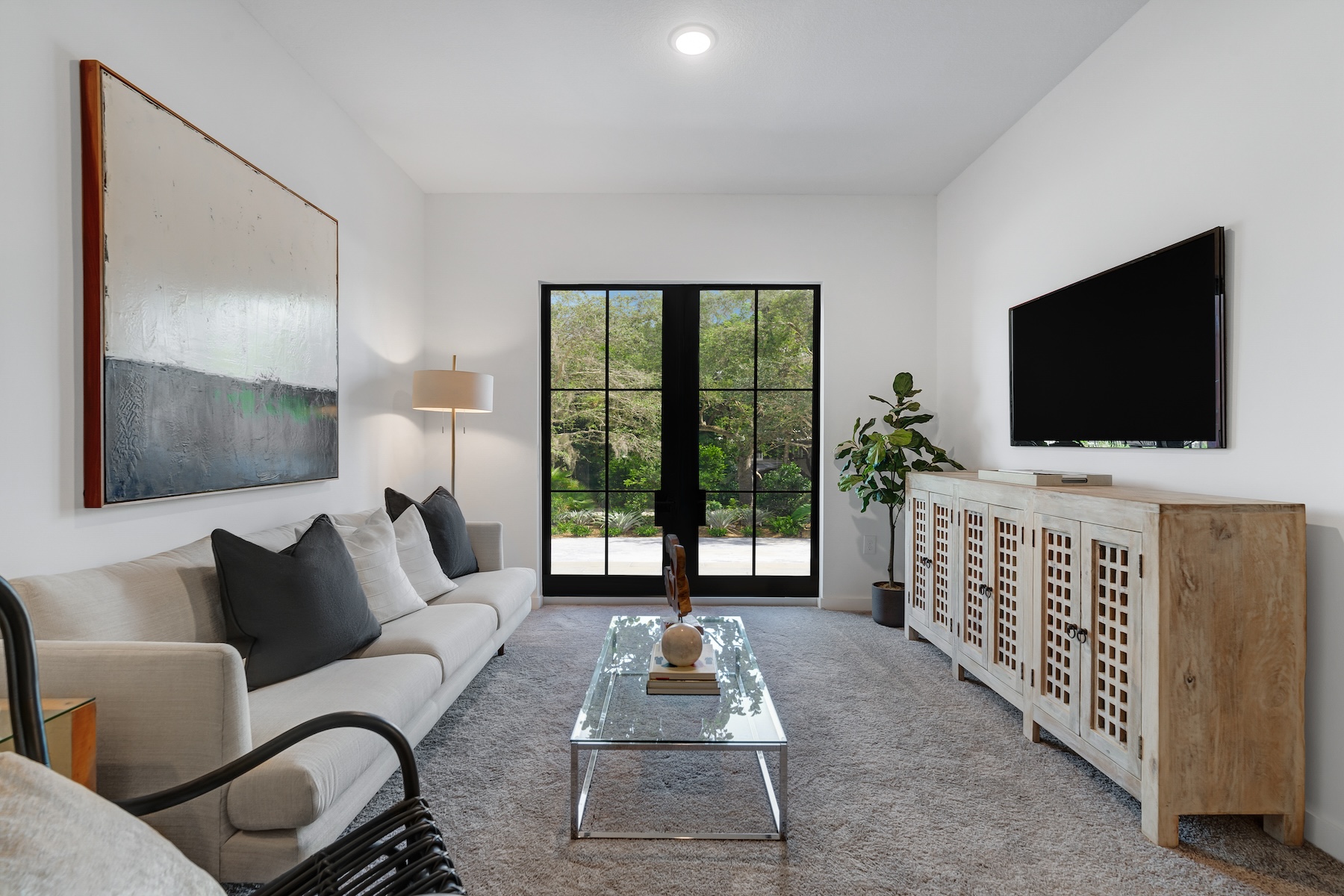
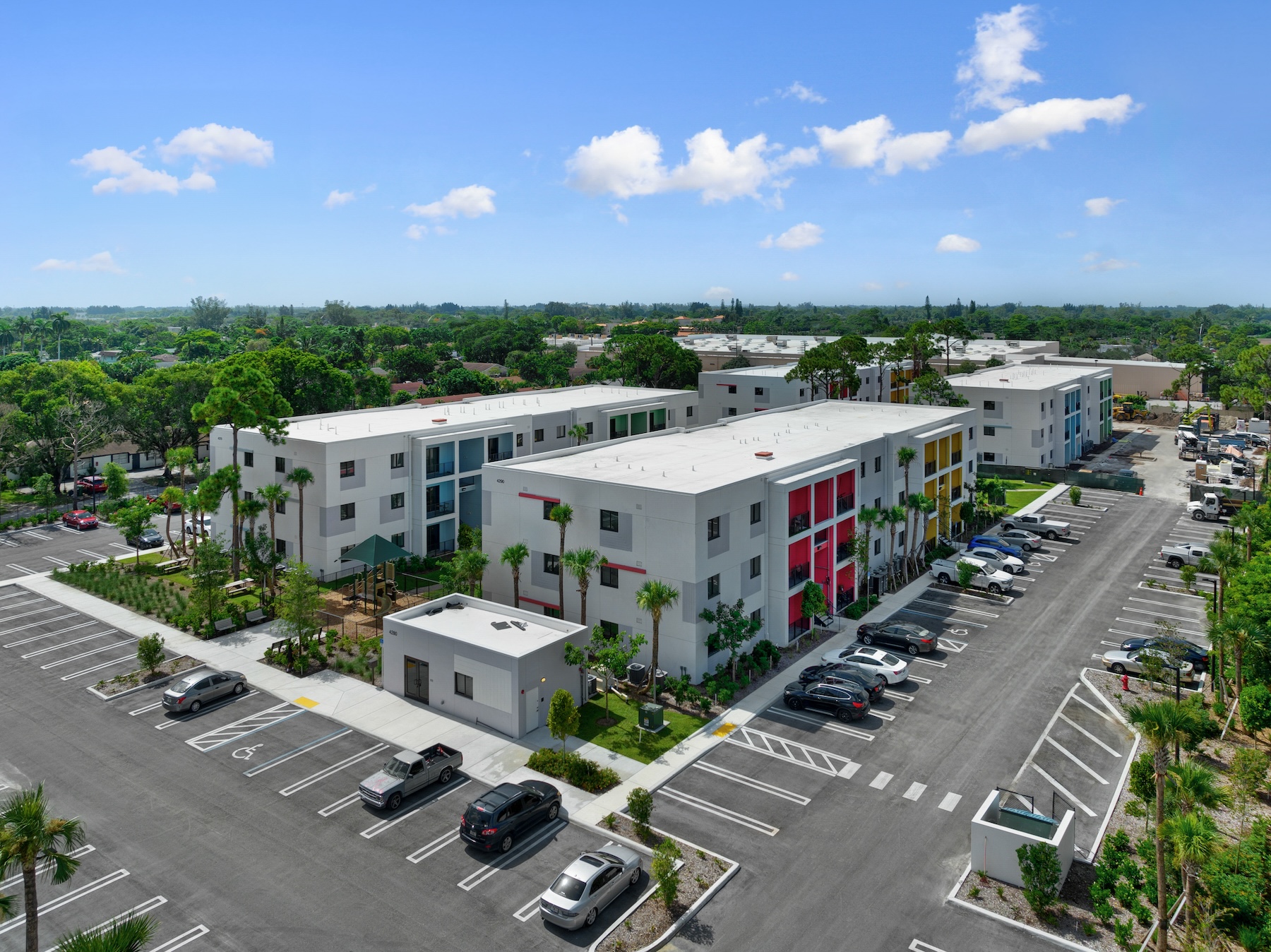
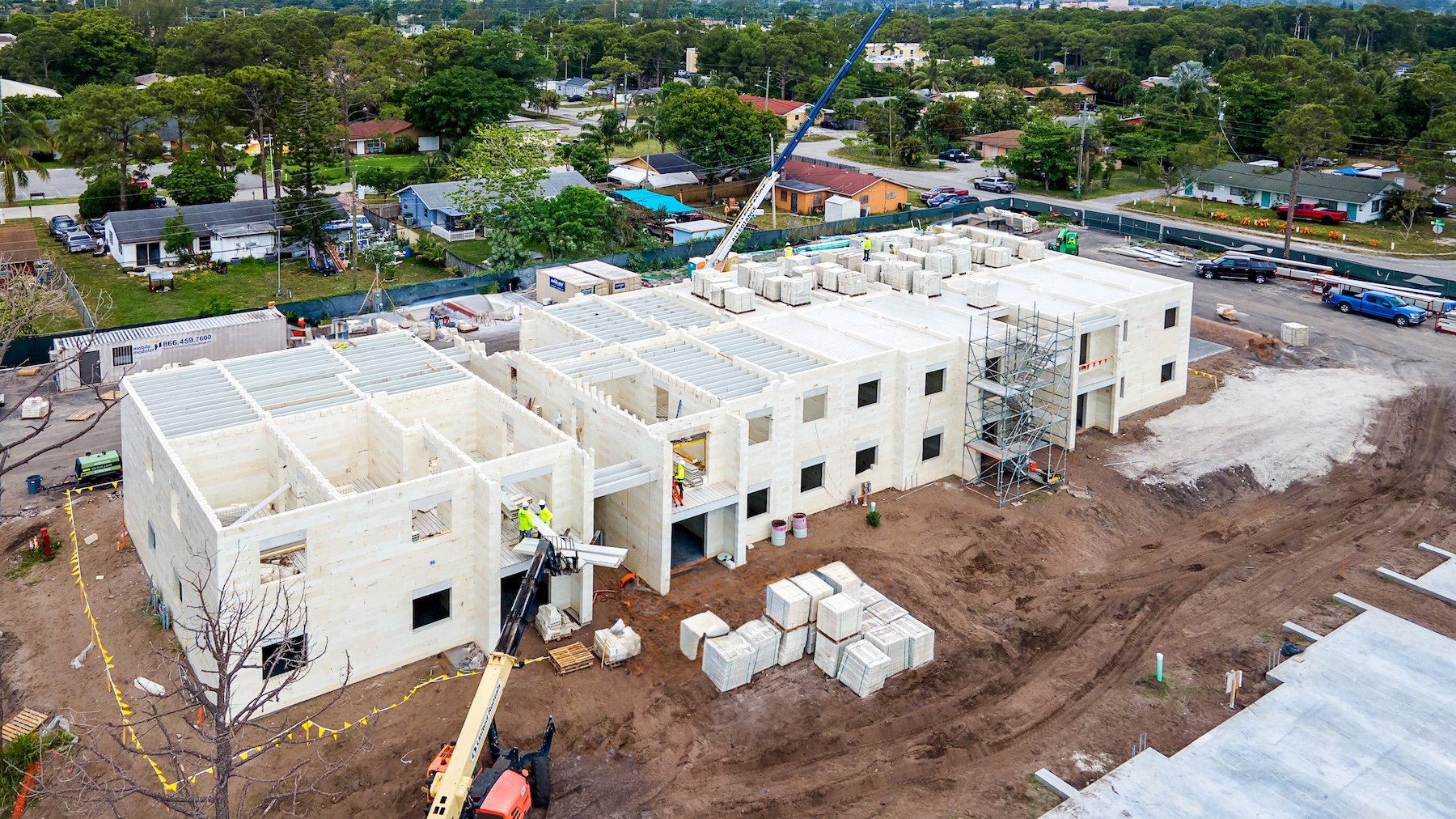
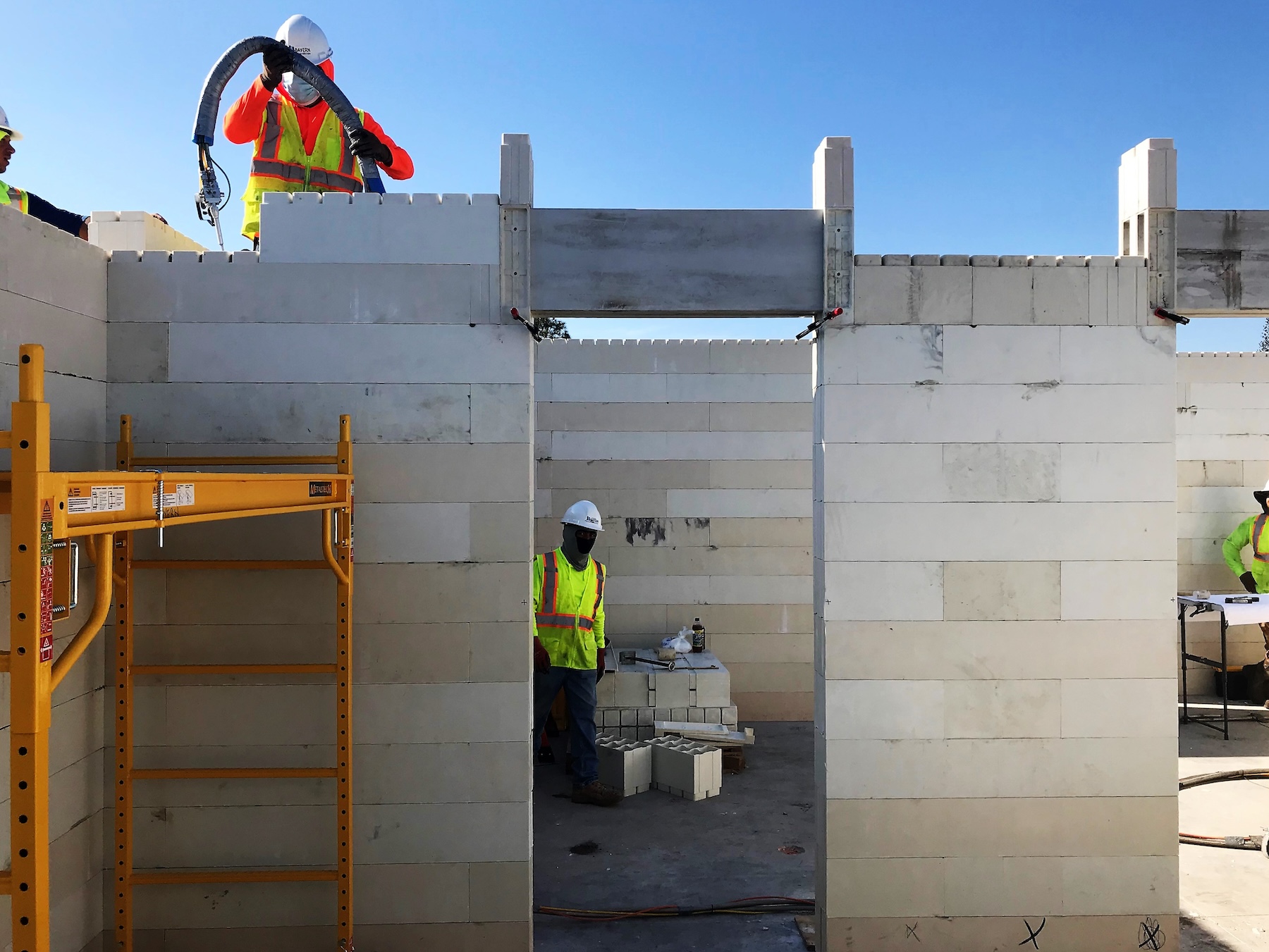
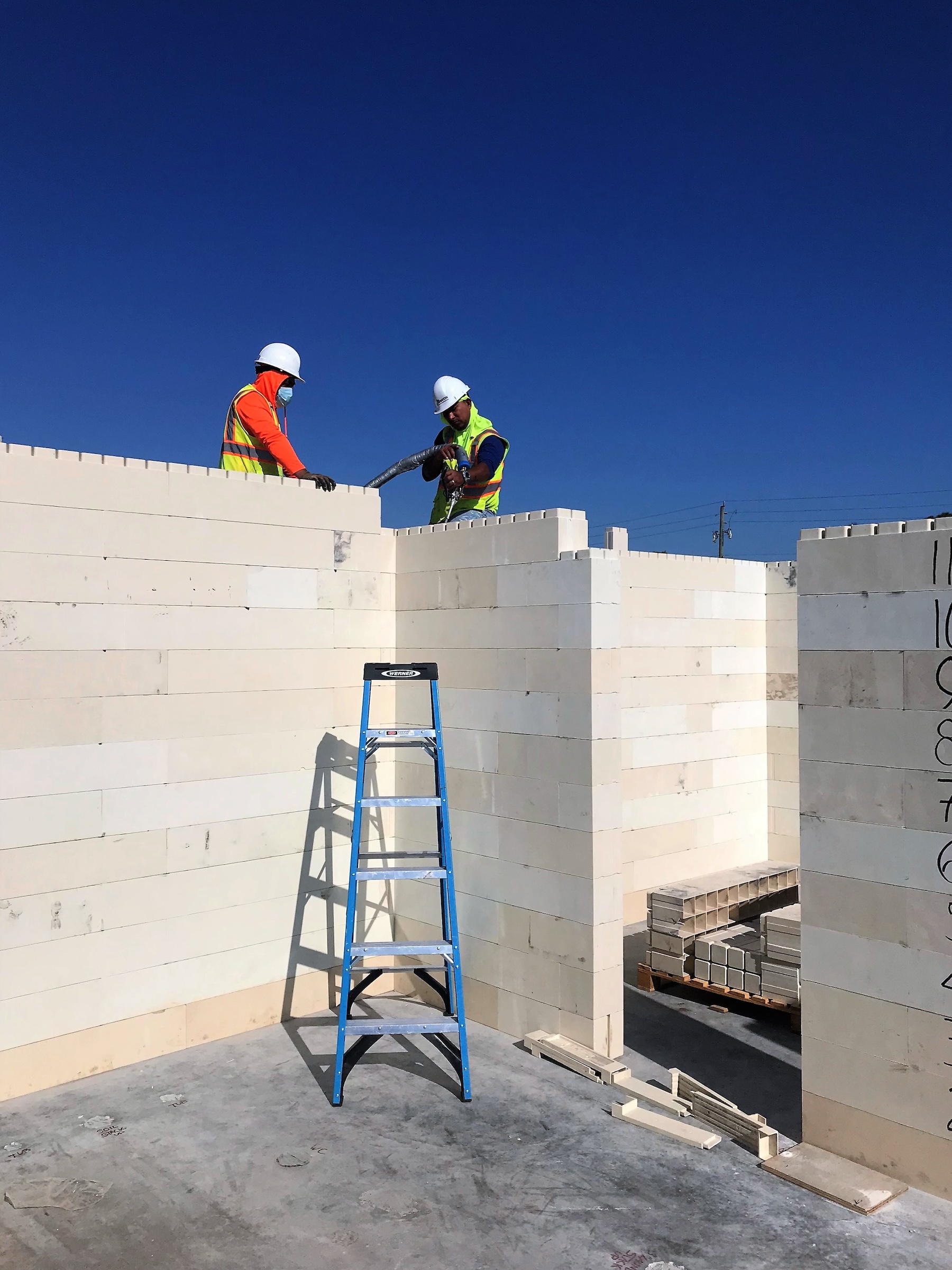
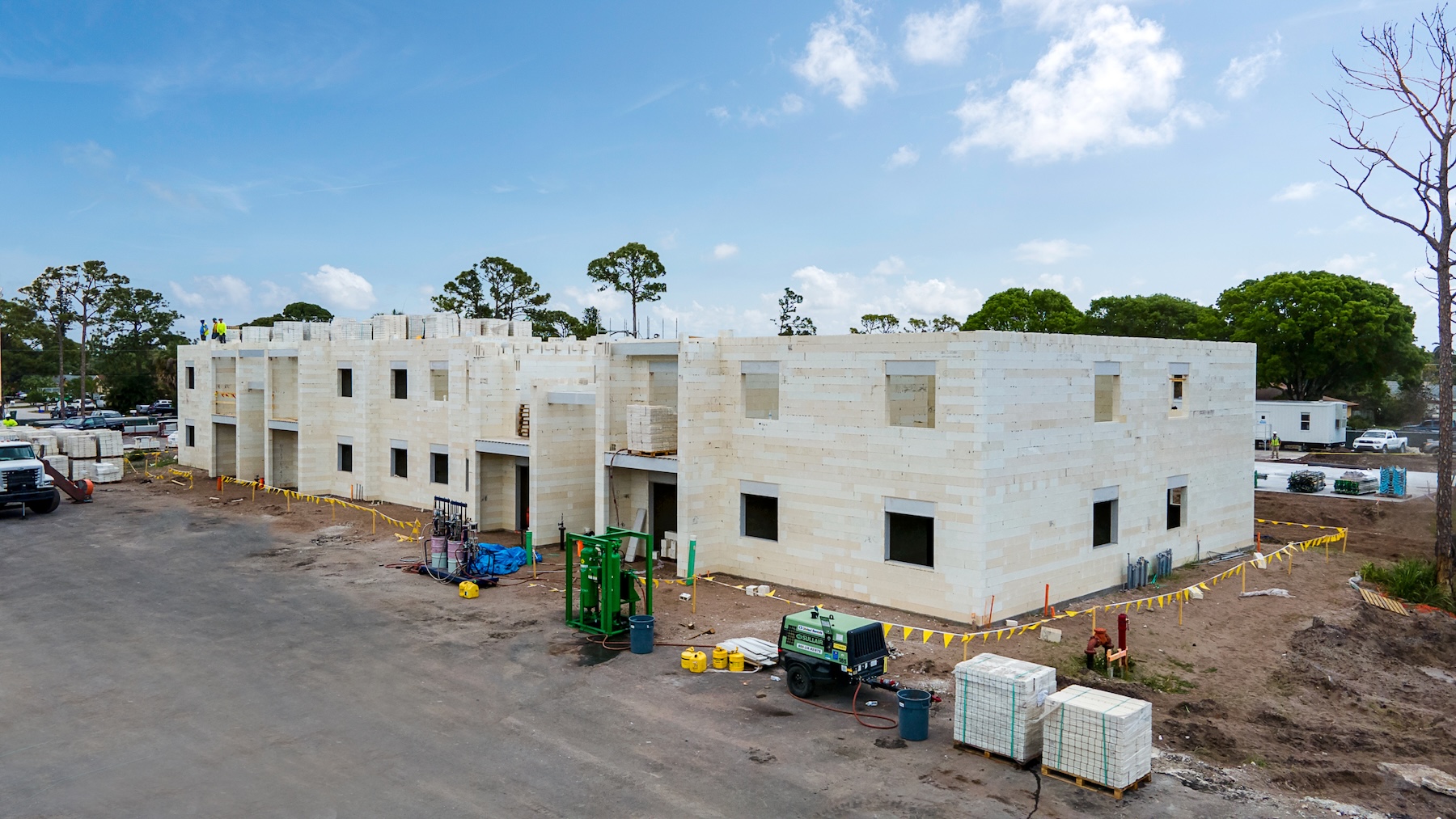
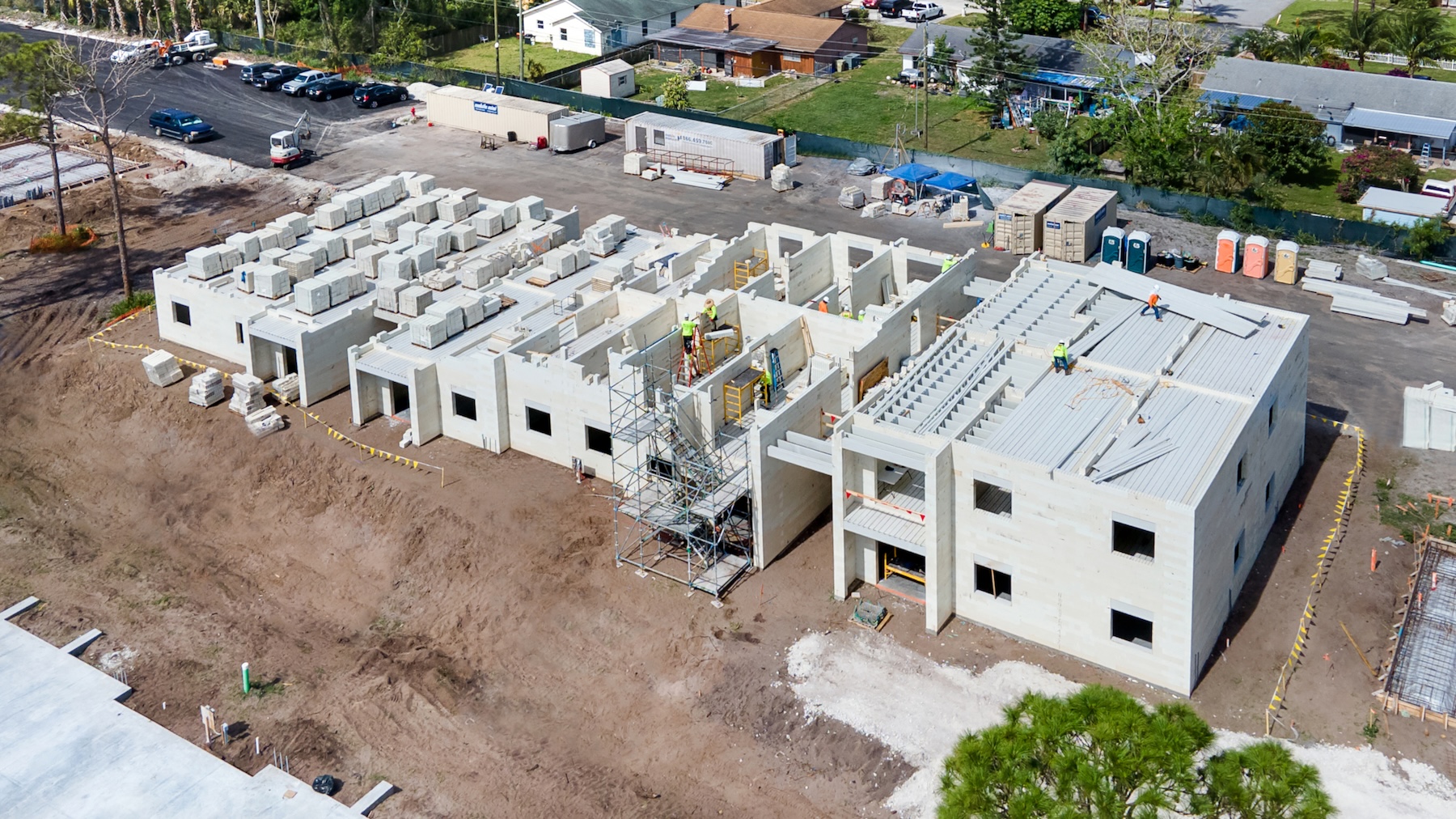

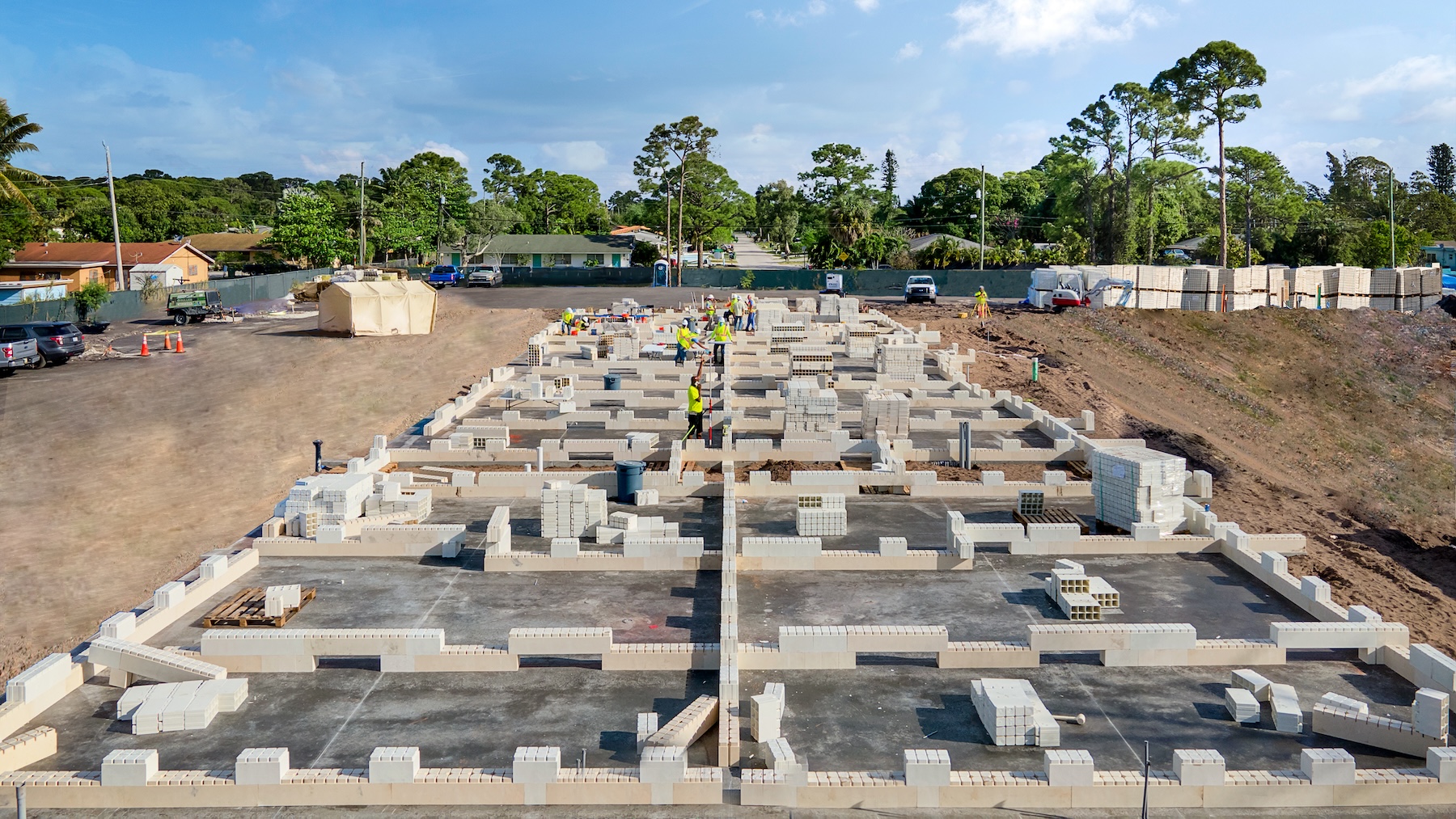
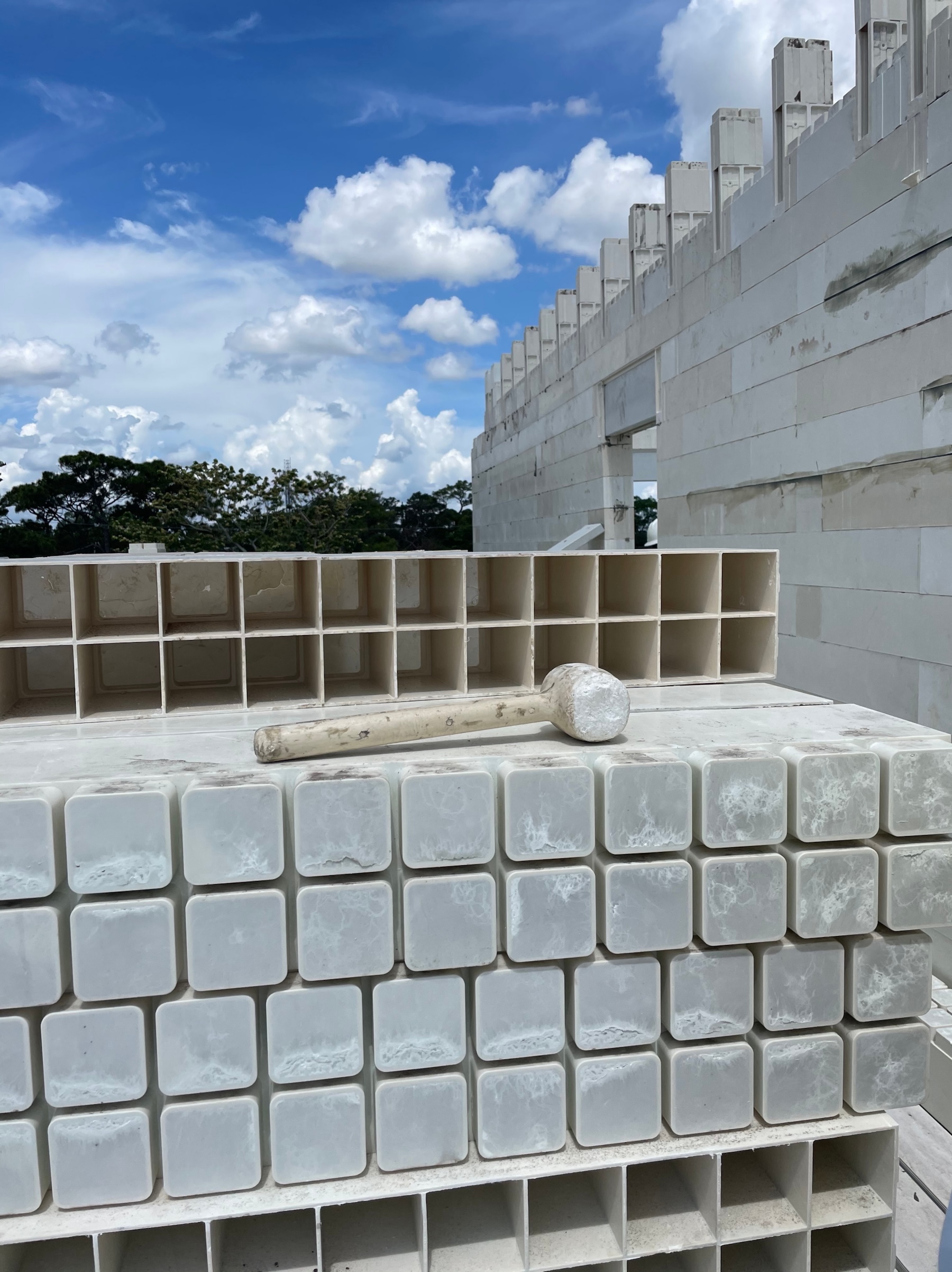
Related Stories
Modular Building | Mar 31, 2022
Rick Murdock’s dream multifamily housing factory
Modular housing leader Rick Murdock had a vision: Why not use robotic systems to automate the production of affordable modular housing? Now that vision is a reality.
Codes and Standards | Mar 22, 2022
Dept. of Energy awards $32 million for next-generation building retrofits
The U.S. Dept. of Energy has awarded a total of $32 million for more than 30 next-generation building retrofit projects that will dramatically improve affordable housing technologies, according to a DOE news release.
Sponsored | Reconstruction & Renovation | Jan 25, 2022
Concrete buildings: Effective solutions for restorations and major repairs
Architectural concrete as we know it today was invented in the 19th century. It reached new heights in the U.S. after World War II when mid-century modernism was in vogue, following in the footsteps of a European aesthetic that expressed structure and permanent surfaces through this exposed material. Concrete was treated as a monolithic miracle, waterproof and structurally and visually versatile.
Sponsored | Resiliency | Jan 24, 2022
Blast Hazard Mitigation: Building Openings for Greater Safety and Security
Coronavirus | Jan 20, 2022
Advances and challenges in improving indoor air quality in commercial buildings
Michael Dreidger, CEO of IAQ tech startup Airsset speaks with BD+C's John Caulfield about how building owners and property managers can improve their buildings' air quality.
3D Printing | Jan 12, 2022
Using 3D-printed molds to create unitized window forms
COOKFOX designer Pam Campbell and Gate Precast's Mo Wright discuss the use of 3D-printed molds from Oak Ridge National Lab to create unitized window panels for One South First, a residential-commercial high-rise in Brooklyn, N.Y.
Sponsored | BD+C University Course | Jan 12, 2022
Total steel project performance
This instructor-led video course discusses actual project scenarios where collaborative steel joist and deck design have reduced total-project costs. In an era when incomplete structural drawings are a growing concern for our industry, the course reveals hidden costs and risks that can be avoided.
Architects | Dec 20, 2021
Digital nomads are influencing design
As our spaces continue to adapt to our future needs, we’ll likely see more collaborative, communal zones where people can relax, shop, and work.
Urban Planning | Dec 15, 2021
EV is the bridge to transit’s AV revolution—and now is the time to start building it
Thinking holistically about a technology-enabled customer experience will make transit a mode of choice for more people.
Healthcare Facilities | Dec 15, 2021
MEP design considerations for rural hospitals
Rural hospitals present unique opportunities and challenges for healthcare facility operators. Oftentimes, the infrastructure and building systems have not been updated for years and require significant improvements in order to meet today’s modern medical demands. Additionally, as these smaller, more remote hospitals are acquired by larger regional and national healthcare systems, the first step by new ownership is often to update and rehabilitate the building. But how can this be done thoughtfully, economically, and efficiently in ways that allow the engineering and facility staff to adapt to the changes? And how can the updates accurately reflect the specific needs of rural communities and the afflictions with which these areas most commonly face?





